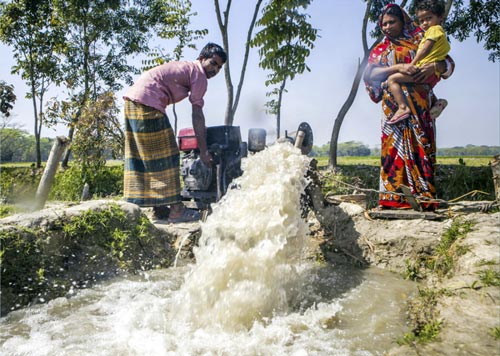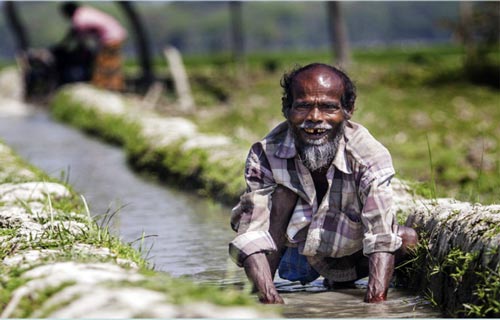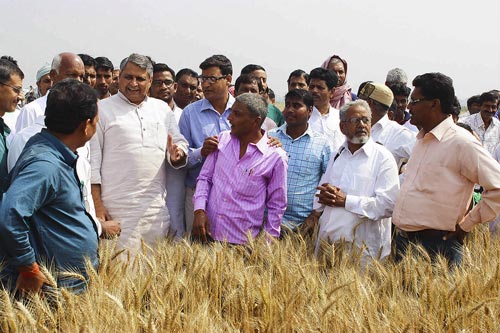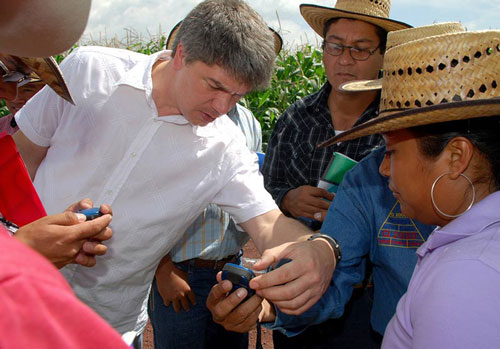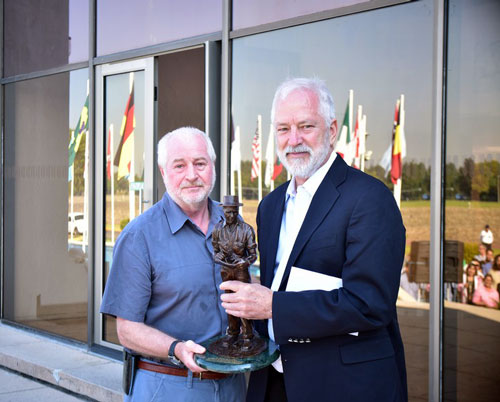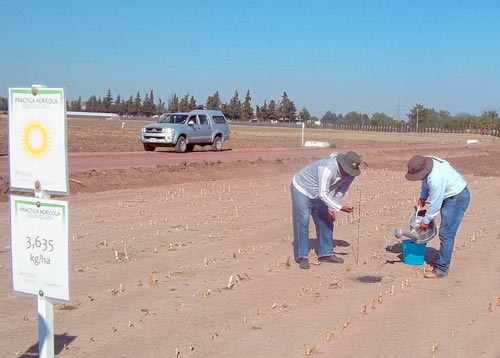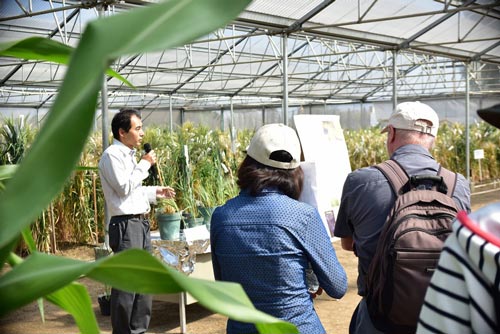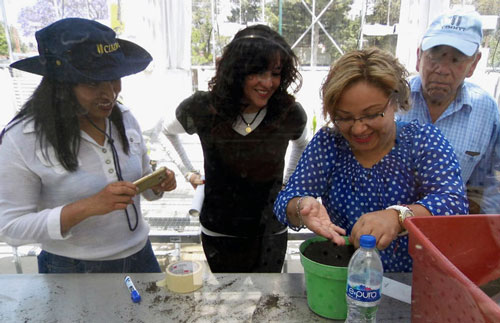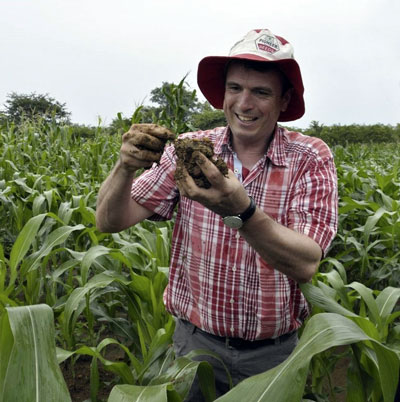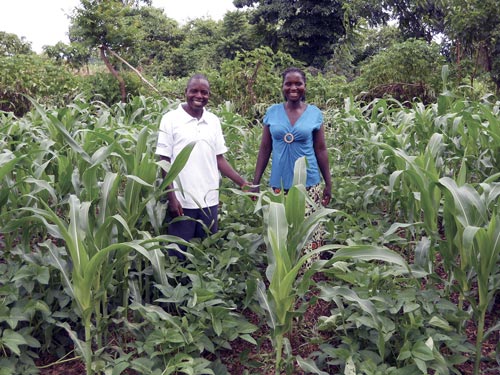Growing land scarcity, the Borlaug hypothesis and the rise of megafarms
Derek Byerlee, former director of the CIMMYT economics program (1987-94) and current visiting scholar at Stanford University and adjunct professor at Georgetown University, presented some of his latest research at a brown bag lunch at CIMMYT headquarters on 1 May. His presentation, “Growing Land Scarcity, the Borlaug Hypothesis and the Rise of Megafarms,” examined the economic and environmental benefits and repercussions of cropland expansion, the recent rise of agribusiness and the delicate balance between crop intensification and deforestation.
The “Borlaug Hypothesis” is the idea that increasing crop yields can help prevent cropland expansion and deforestation, thus alleviating hunger and poverty without dramatically increasing environmental impact. Developed by the legendary Nobel Prize Laureate and CIMMYT scientist Norman Borlaug, the postulate is controversial in environmental circles, and some researchers have published studies showing that higher crop yields in the tropics increase incentives to clear forests, thus making investments in crop research potentially counterproductive to sustainable growth.
Byerlee noted that the world has increased per capita cereal production by about 40 percent over the last 50 years on about half the arable land per capita that it used in 1961. Models developed by Byerlee and his associates show that, without CGIAR work since 1965 to develop improved crop varieties, the land area devoted to food crops would have increased by 18 to 27 million hectares, mostly in developing countries. Byerlee supports Borlaug’s claim that broad-based investment in crop research and development indeed contributes to saving the world’s forests, although estimates by Byerlee and his associates are an order of magnitude lower than those of Borlaug.
Investment in crop intensification may be more important than ever, as the world’s growing population demands ever-growing quantities of food and land. “Meta-analysis of demand estimates suggests that, given current yield trends, agriculture will require an additional 200 to 450 million hectares of land by 2030 — as much as the entire combined land area of India and South Africa,” Byerlee said. At the same time, Byerlee found that an estimated 450 million hectares of land could be available for crop expansion but is concentrated in just a few countries and its cultivation could have negative impacts on the environment and on people already using that land for other purposes.
Linked to the question of where crops should be cultivated is the issue of who will cultivate them, especially on the land frontier. Byerlee described the recent rise of “megafarms” run by agribusiness companies and examined their economic benefits (or lack thereof) in comparison to traditional family farms that still prevail across the world. Byerlee argued that family farms were more efficient, equitable and contribute to more growth than megafarms, which benefit from professional management and technologies that allow for larger scale but do not display significant cost advantages over traditional family farms. Byerlee ultimately recommends models that combine agribusiness and smallholder farms for best results.
Please click here to view the full presentation.
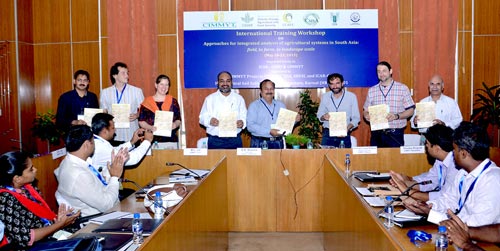
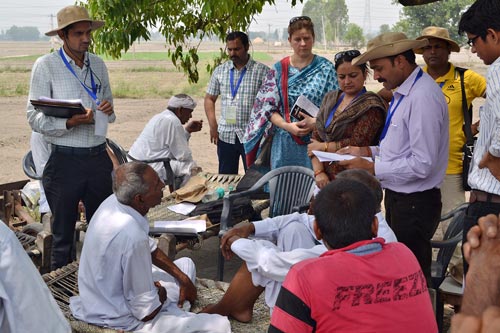
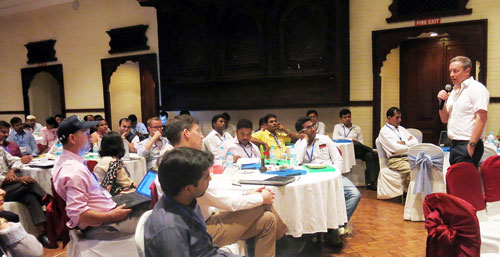
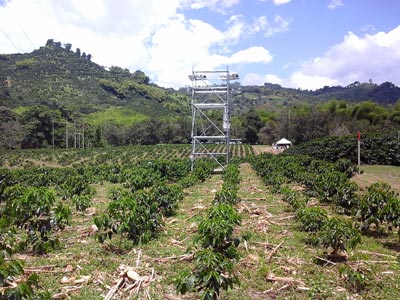
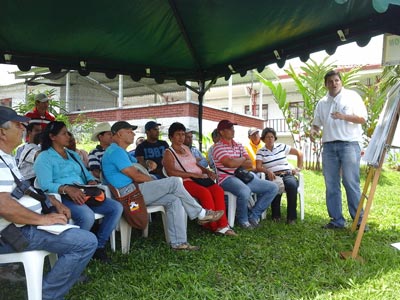
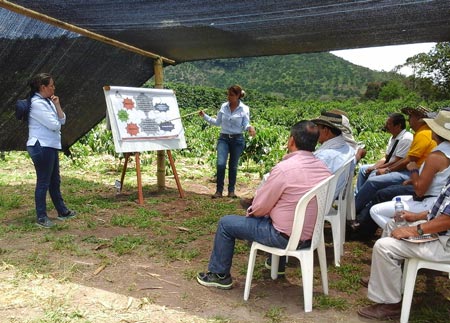
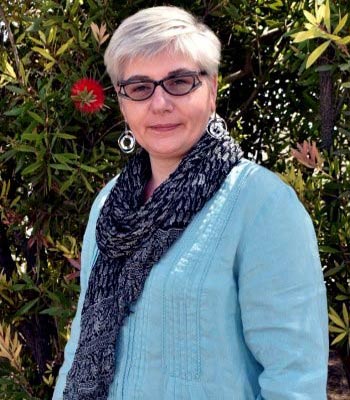 Gender research and outreach should engage men more effectively, according to Paula Kantor, CIMMYT gender and development specialist who is leading an ambitious new project to empower and improve the livelihoods of women, men and youth in wheat-growing areas of Afghanistan, Ethiopia and Pakistan.
Gender research and outreach should engage men more effectively, according to Paula Kantor, CIMMYT gender and development specialist who is leading an ambitious new project to empower and improve the livelihoods of women, men and youth in wheat-growing areas of Afghanistan, Ethiopia and Pakistan.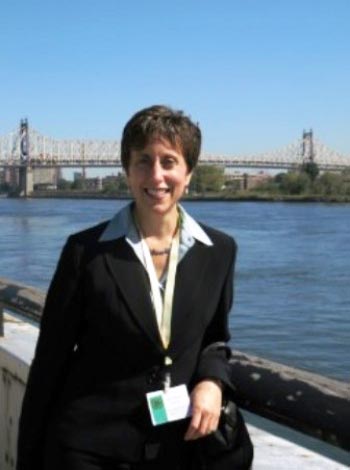 International Women’s Day on March 8, offers an opportunity to recognize the achievements of women worldwide. This year, CIMMYT asked readers to submit stories about women they admire for their selfless dedication to either maize or wheat. In the following story, Amy Braun writes about her Super Woman of maize and wheat, Kellogg Company’s Diane Holdorf.
International Women’s Day on March 8, offers an opportunity to recognize the achievements of women worldwide. This year, CIMMYT asked readers to submit stories about women they admire for their selfless dedication to either maize or wheat. In the following story, Amy Braun writes about her Super Woman of maize and wheat, Kellogg Company’s Diane Holdorf.